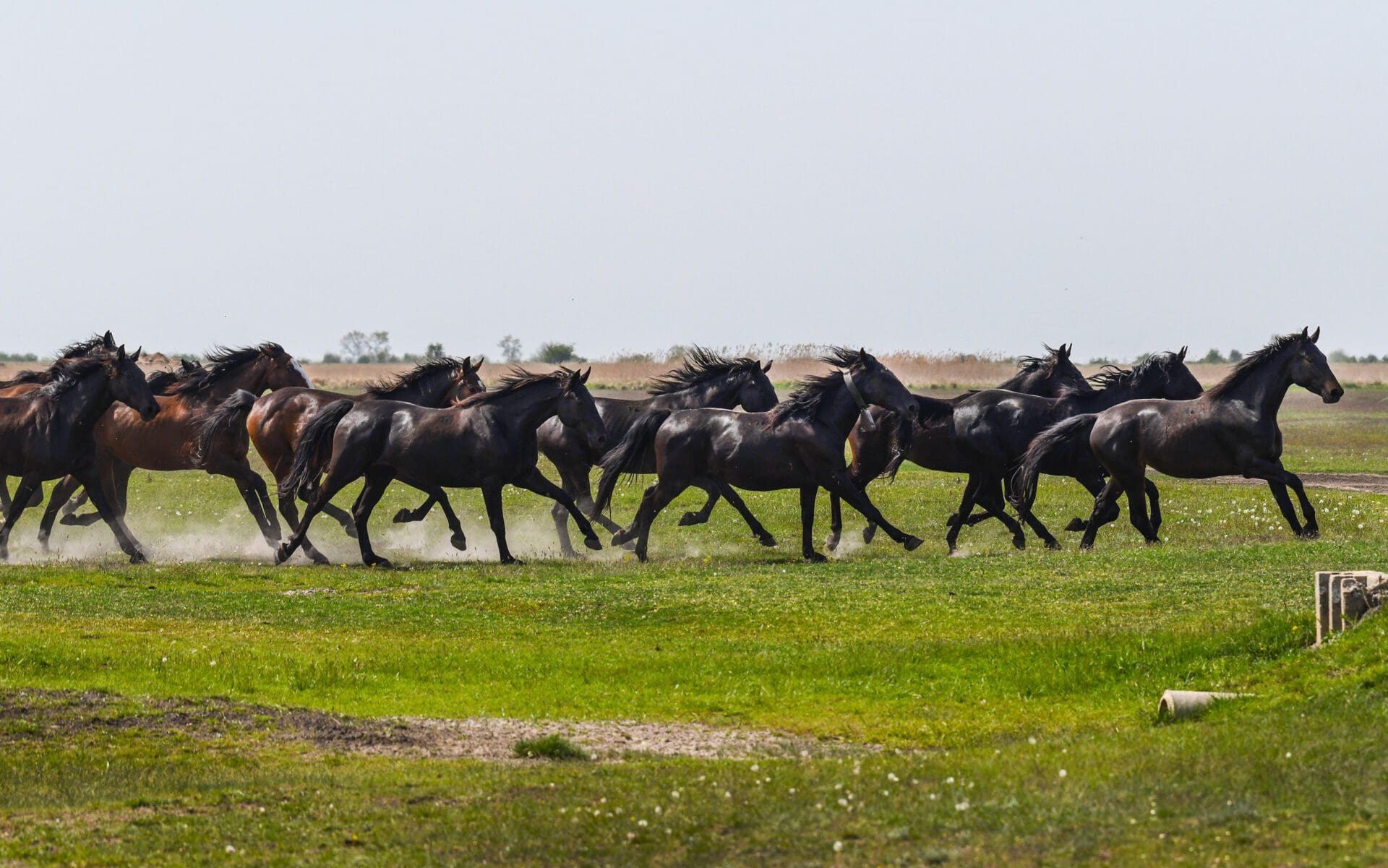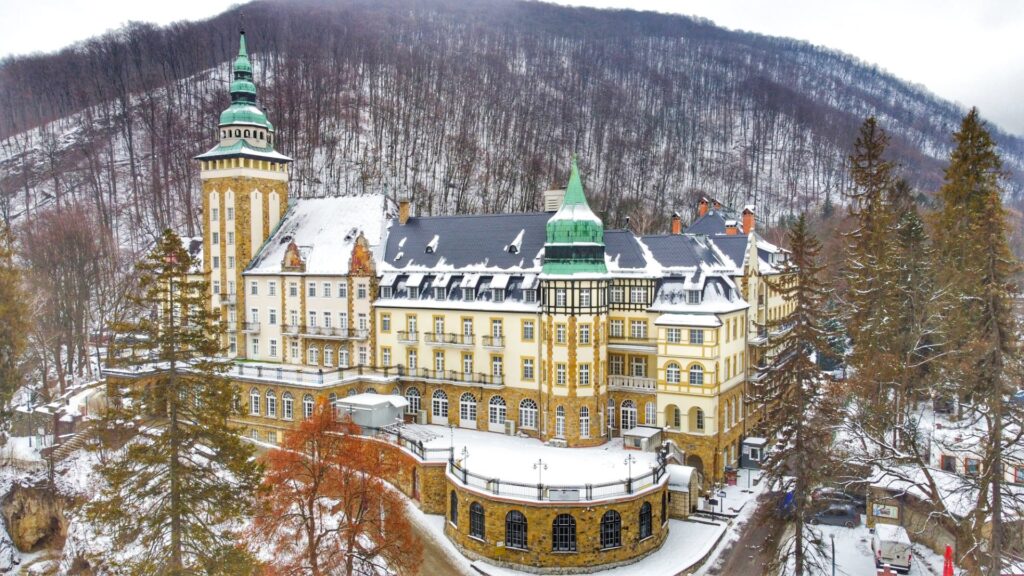Hortobágy National Park was established as Hungary’s first national park in January 1973, that is exactly 50 years ago. Initially, the territory of the National Park included only 51 thousand hectares, but by now the Hortobágy National Park stretches over 82 thousand hectares.
A large part of these territories were inscribed into UNESCO’s Natural and Cultural Heritage list in 1999. While the park was established during the state socialist regime, real awareness and attention towards environmental concerns evolved in Hungary only after the regime change. As after 1989 conservation areas were moved under the National Parks’ jurisdiction, parks in Hungary expanded, and became more capable of guaranteeing the protection of the environment.
For the Hortobágy National Park the scarcity of water and the gradual salinisation of the soil were the greatest challenges which it could start to address only after 1989. With the extra founding for National Parks that became available in the 1990s, over 30 thousand hectares of natural water resources could be restored in the Hortobágy, thereby stopping the salinisation of these lands. After restoring the natural water supply of the national park, moving electric power transmission lines from above the ground to underground was the next step in restoring the natural beauty of the region. Moving transmission lines underground did not only contribute to the park’s aesthetics, but it also made the park safer for birds.
In the past ten years, the Hortobágy National Park moved on not only to renew and protect the environment of the region but also to preserve the park’s unique wildlife that informed Hungarian peasant life for centuries. Ancient Hungarian, protected breeds of sheep, cattle and horses are raised at Hortobágy, including the Racka or Hortobágy sheep, Nonius horses and Hungarian Grey Steppe cattle.
The park also promotes the rich and uniquely Hungarian culture associated with animal husbandry. The shepherds dressed in traditional Hungarian folk garments grazing huge flocks and herds, the shadoofs, and the carriage rides through the Hungarian Puszta (Great Hungarian Steppe) revive the traditional lifestyles and agricultural activities of the past. Performances by the Hortobágy csikós (highly skilled and mounted horse-herdsman) are among the most popular tourist attractions of Hungary. The National Park also has educational centres and programmes where visitors can learn about both Hungary’s unique environmental heritage and about the culture of the csikós, the gulyás (cattle herdsmen) and the shepherds of Hortobágy.
Hortobágy occupies a prominent place in Hungary’s romanticised past. The never-ending plain, the Puszta, the galloping horsemen with their unparalleled performances on horseback are all deeply entrenched in Hungarians’ collective visual memory. When thinking of the Hortobágy, Hungarians either envision the colours of the red sunset that reflects on the soil behind a shadoof, or a whip cracking betyár (the highwaymen of the 19th century Hungarian Kingdom) who fearlessly fight for social justice. Poems dedicated to the natural beauty of the region and the legends of the betyárs are an integral part of Hungarian literature as well as of Hungarian children’s literary education. The country’s love for the region, and its imprint on Hungarians’ visual memory can be demonstrated by how two famous Hungarian poets referred to the Hortobágy. Hungary’s greatest national poet, Sándor Petőfi referred to the Hortobágy as ‘God’s brow’, while another renowned Hungarian poet, Mihály Fazekas called the steppe a ‘blessed Canaan’






